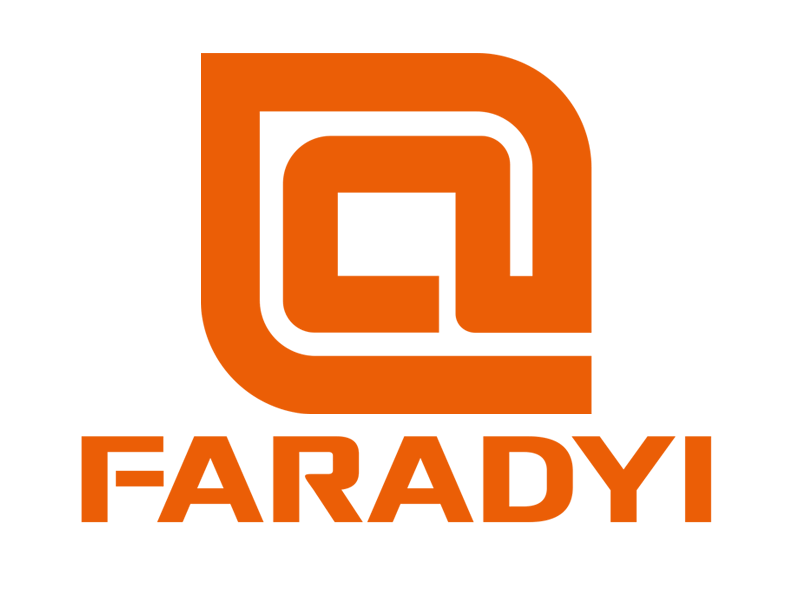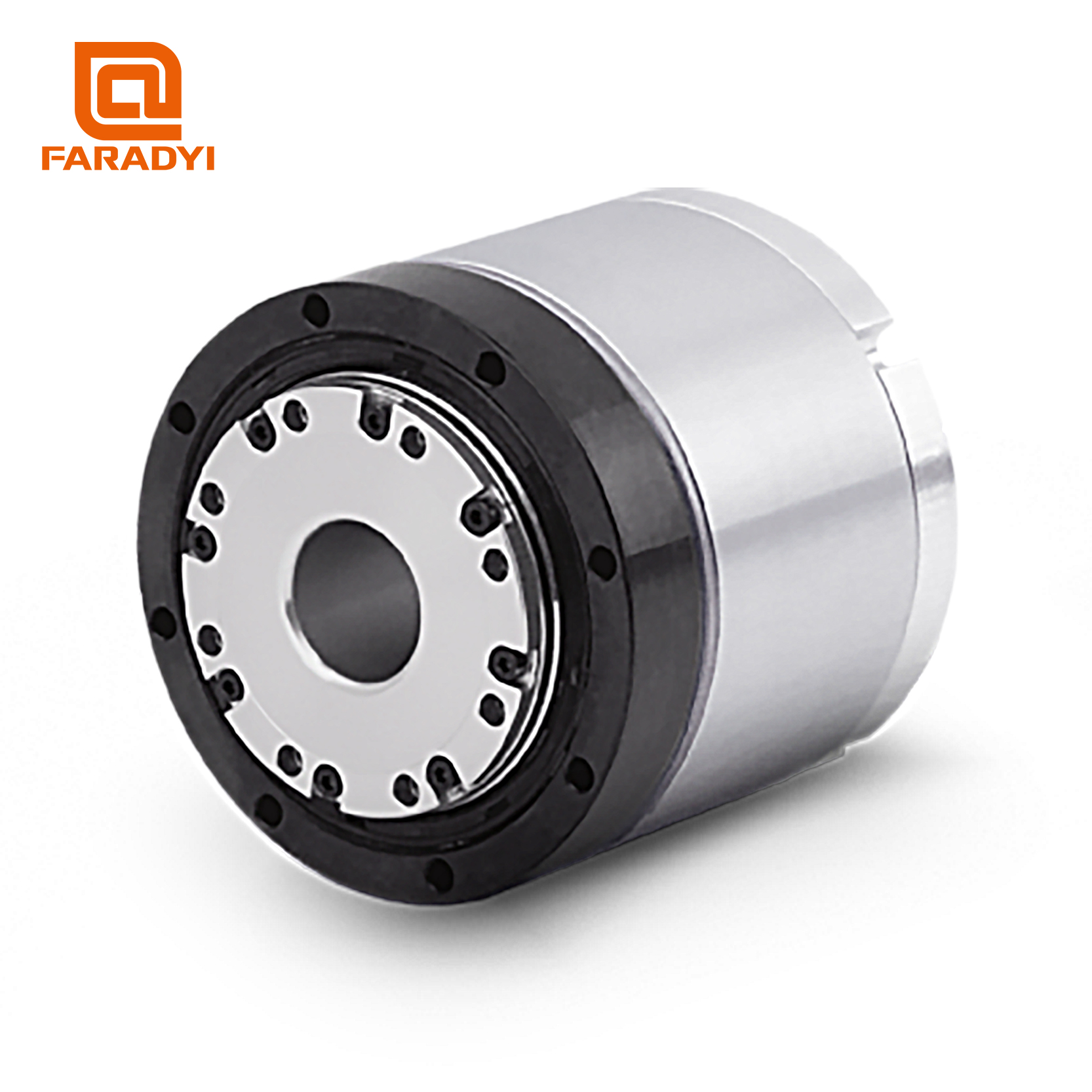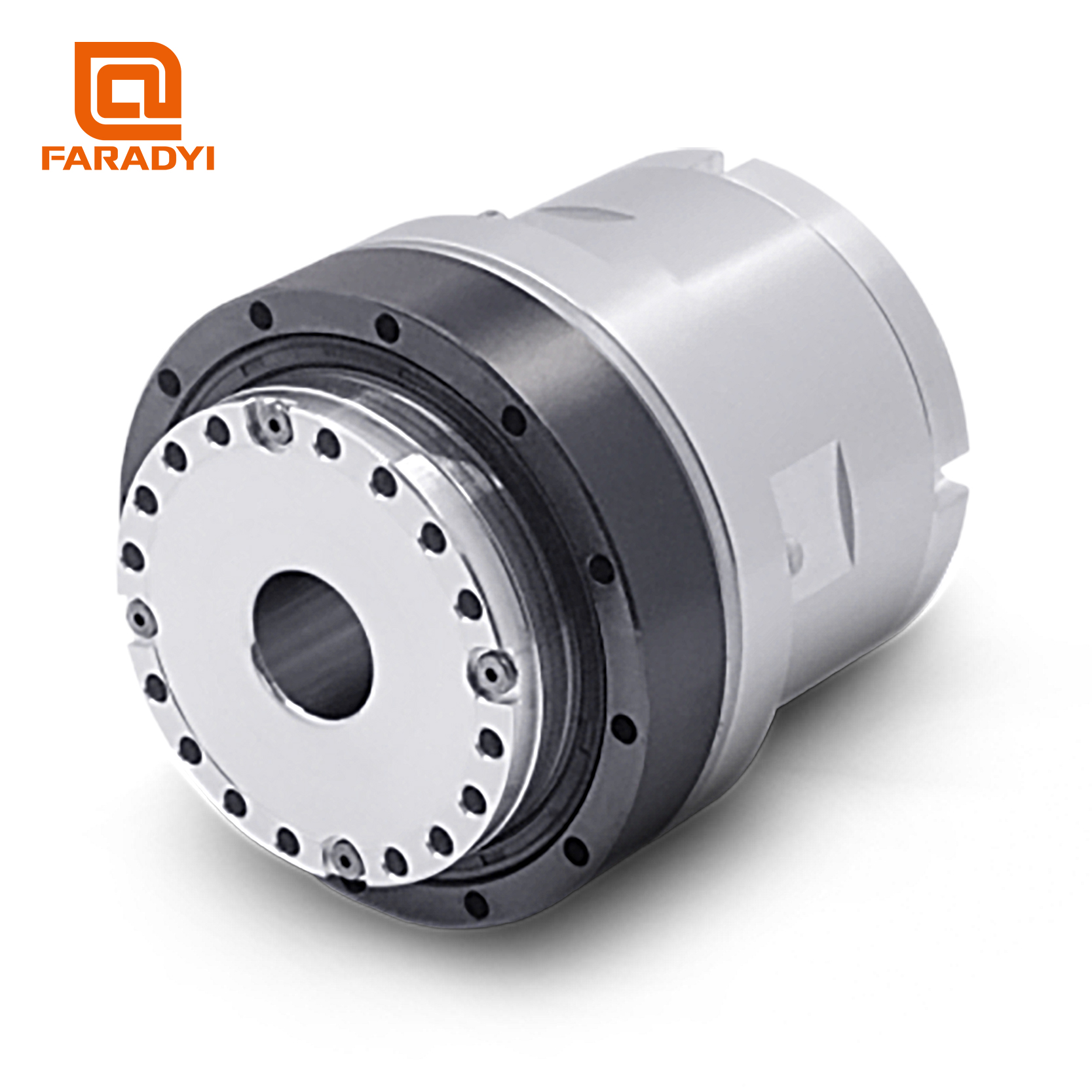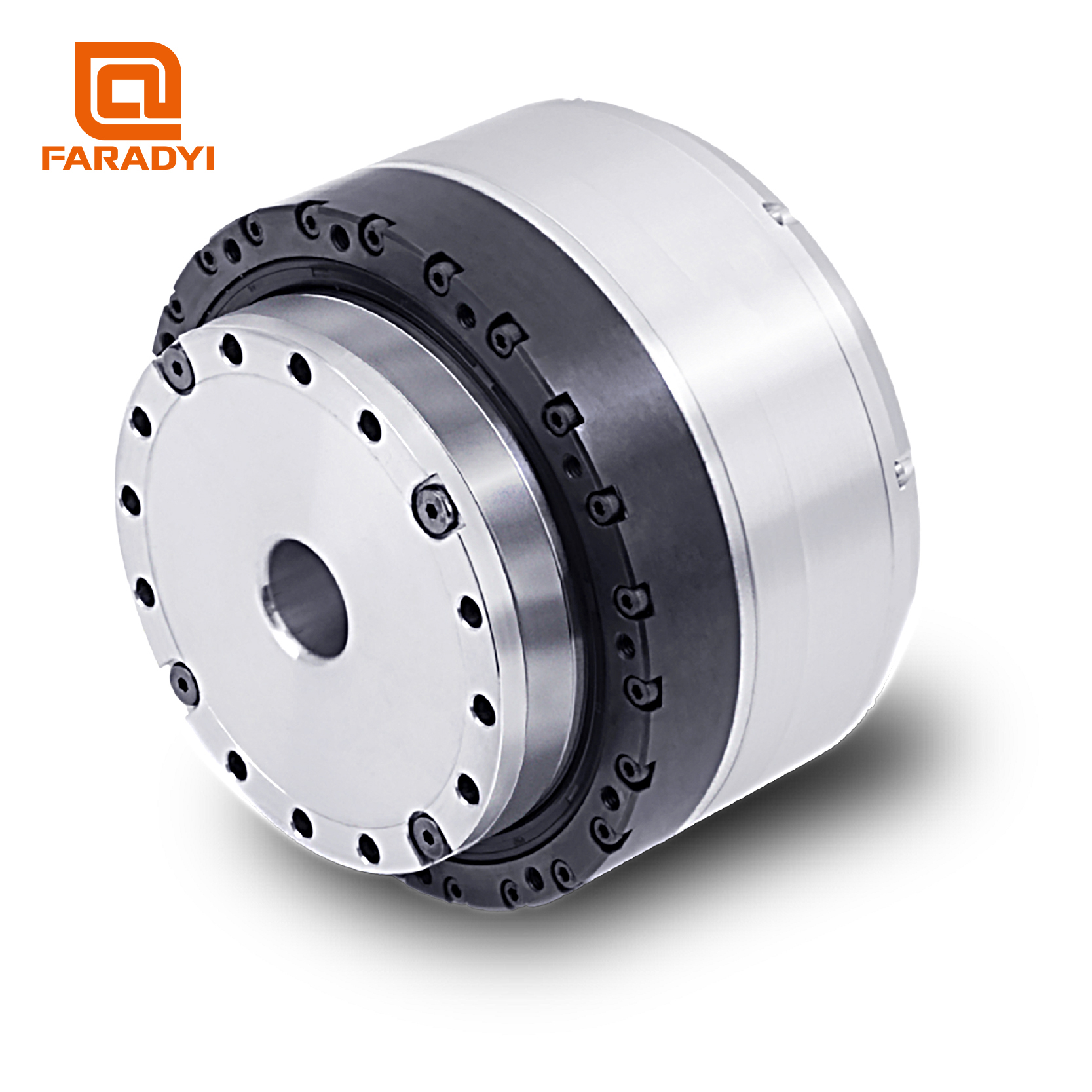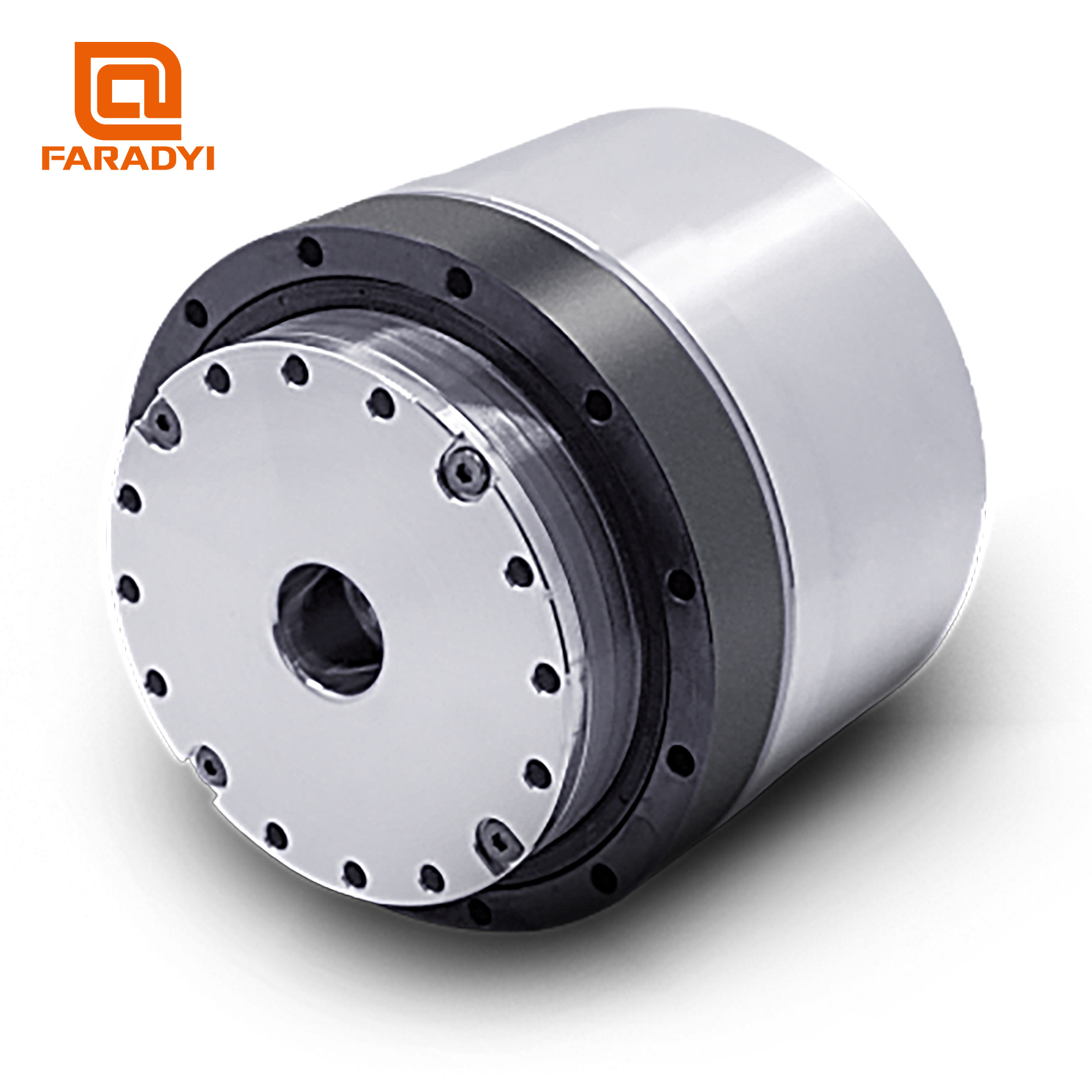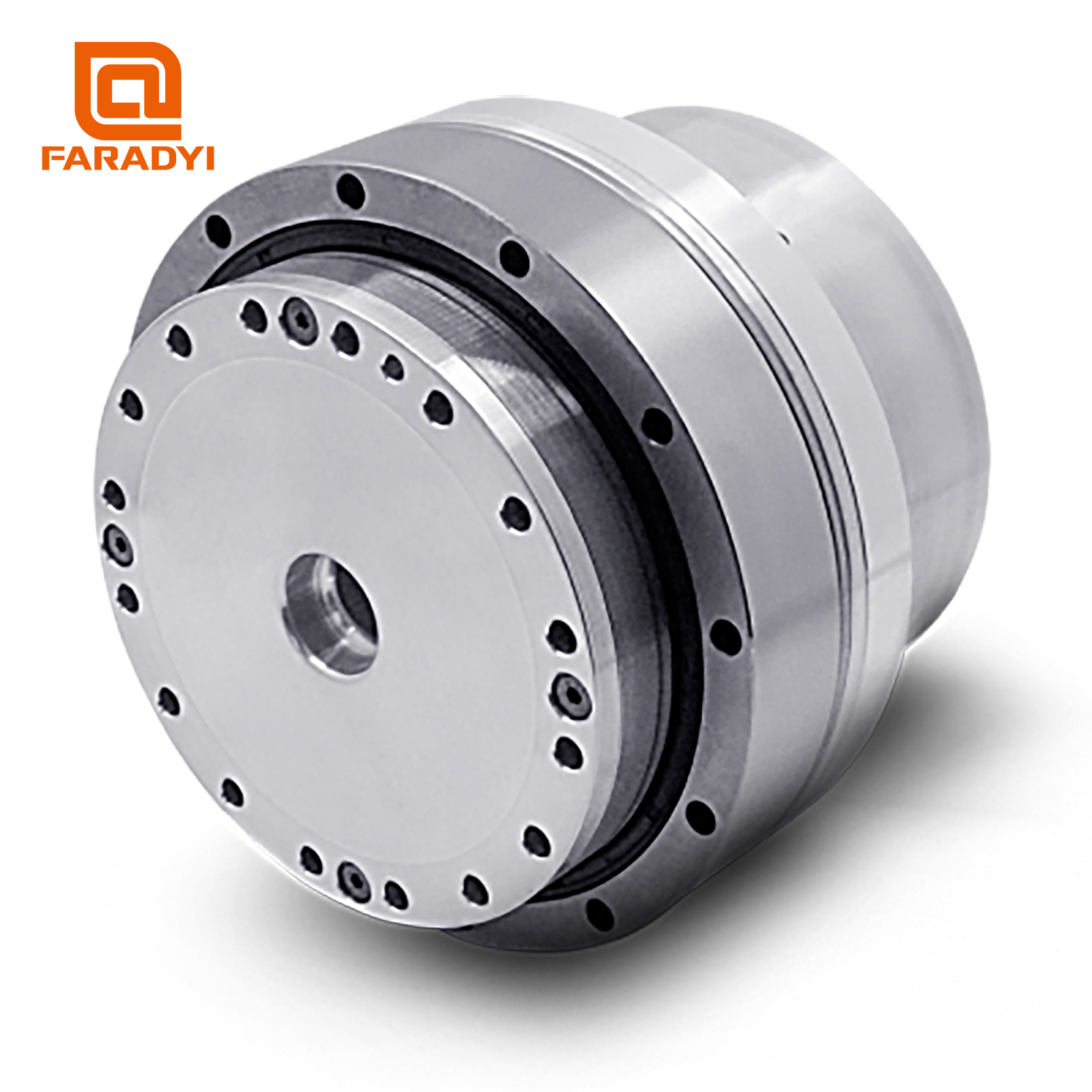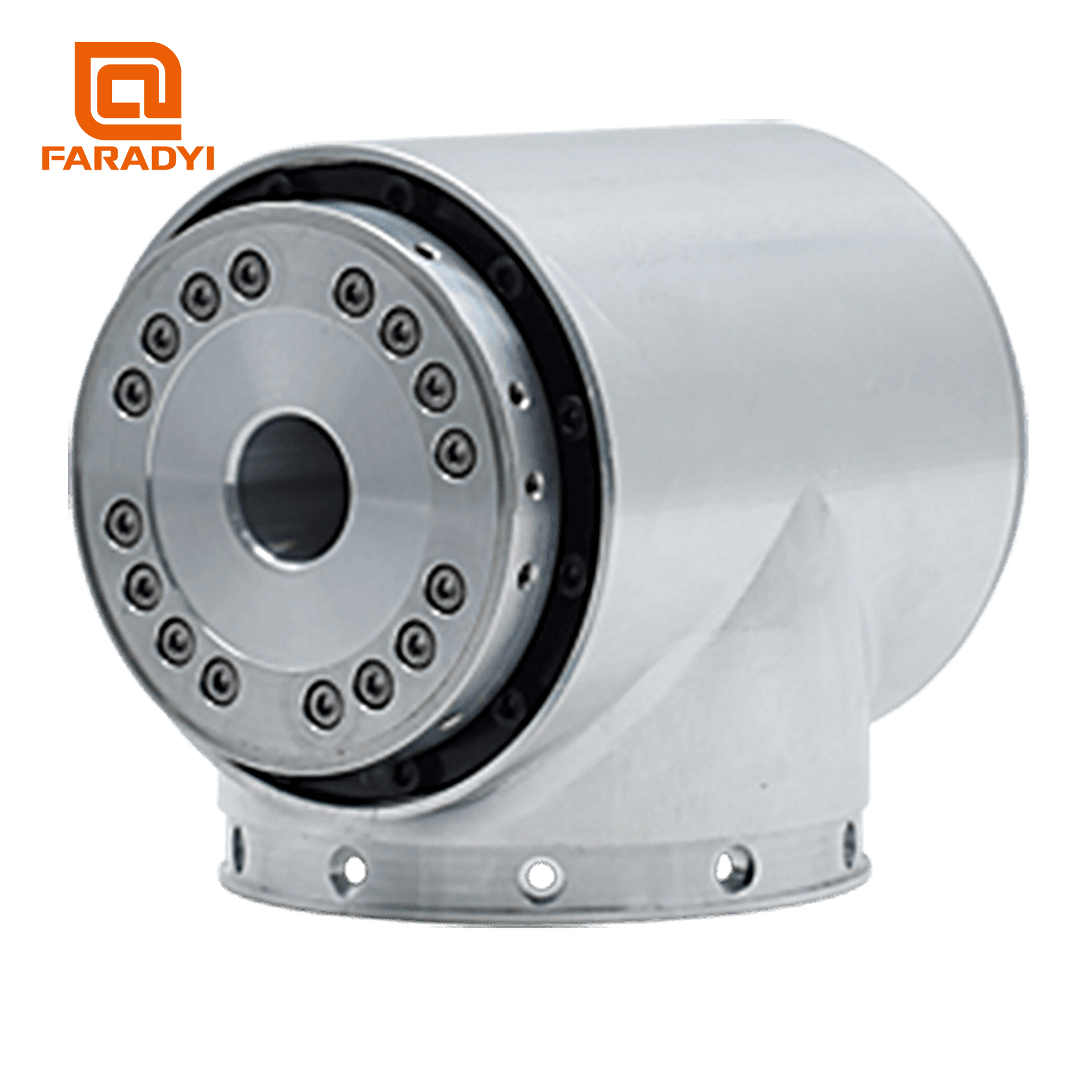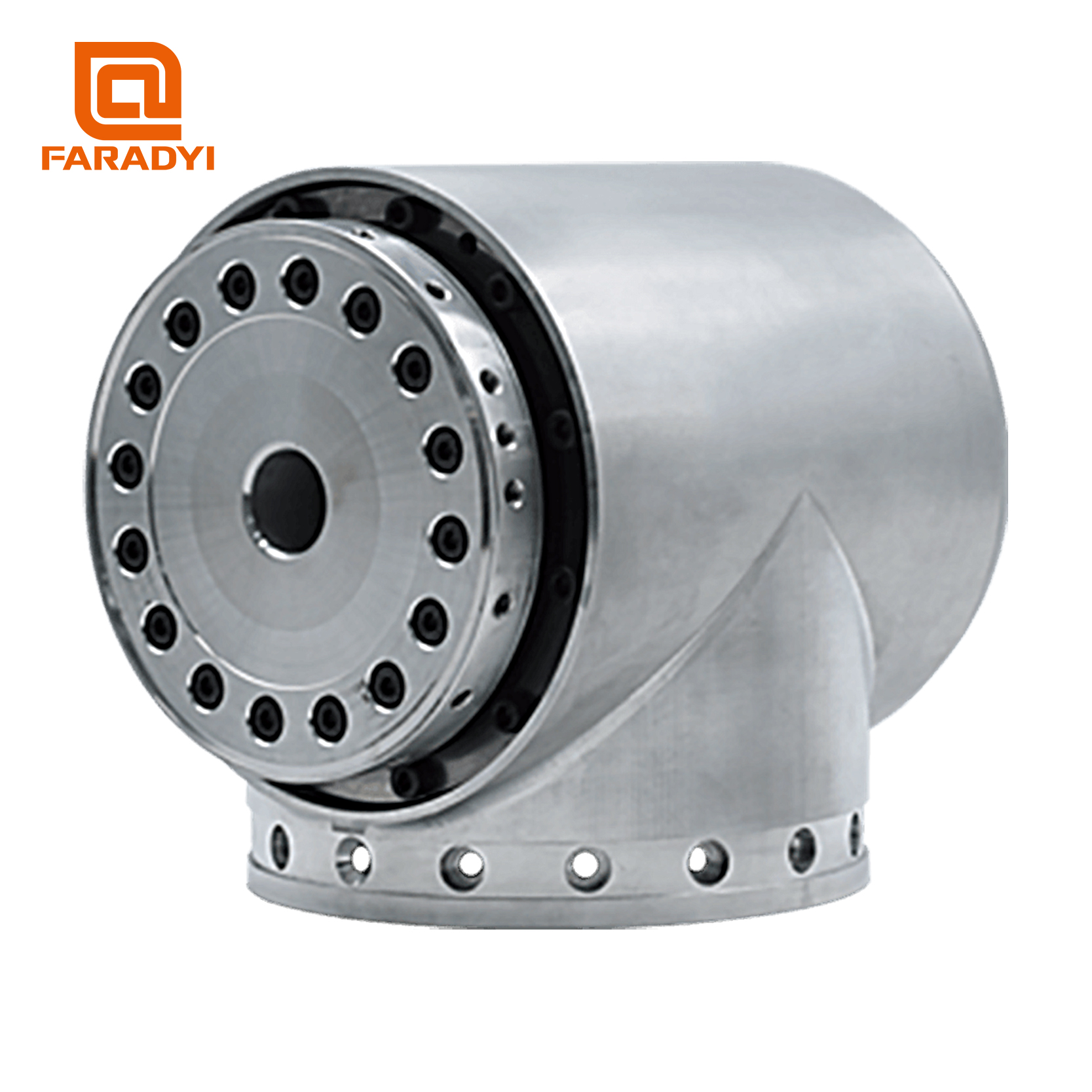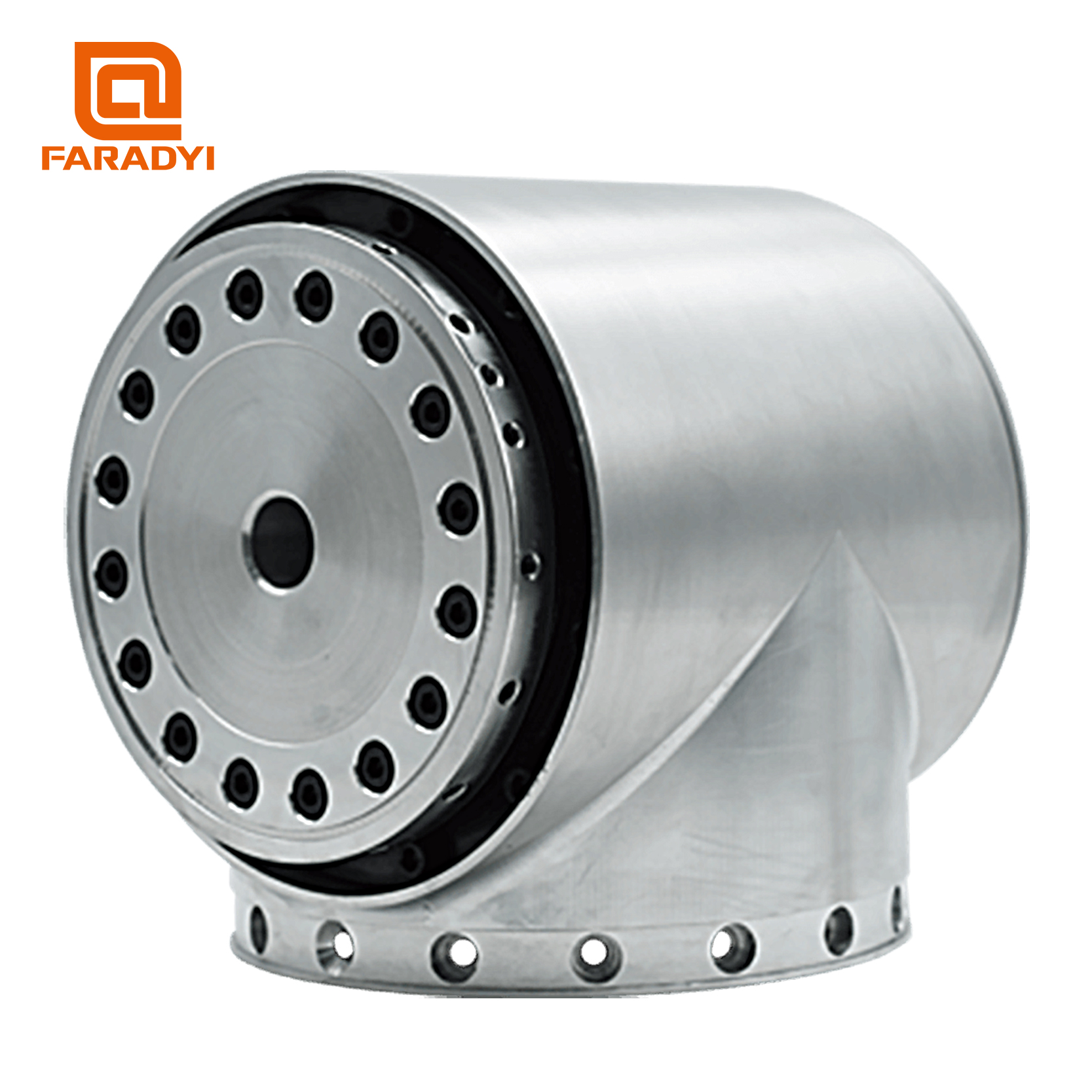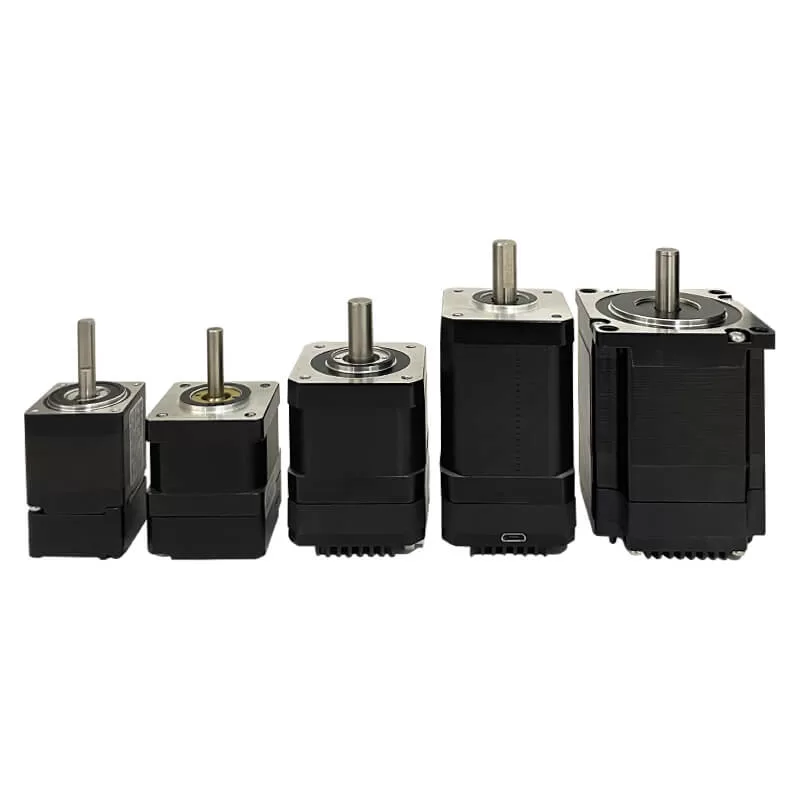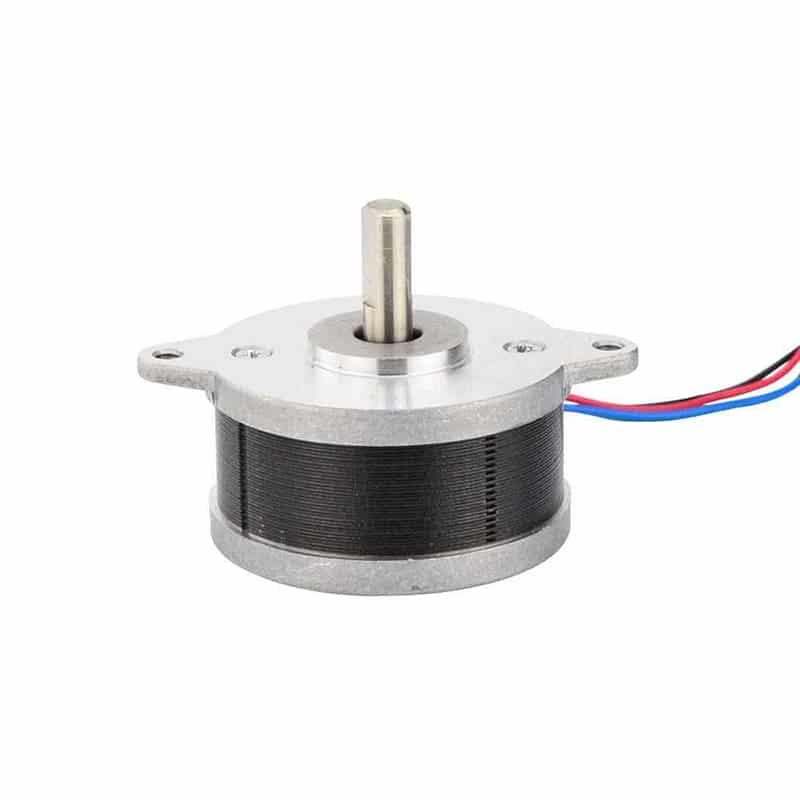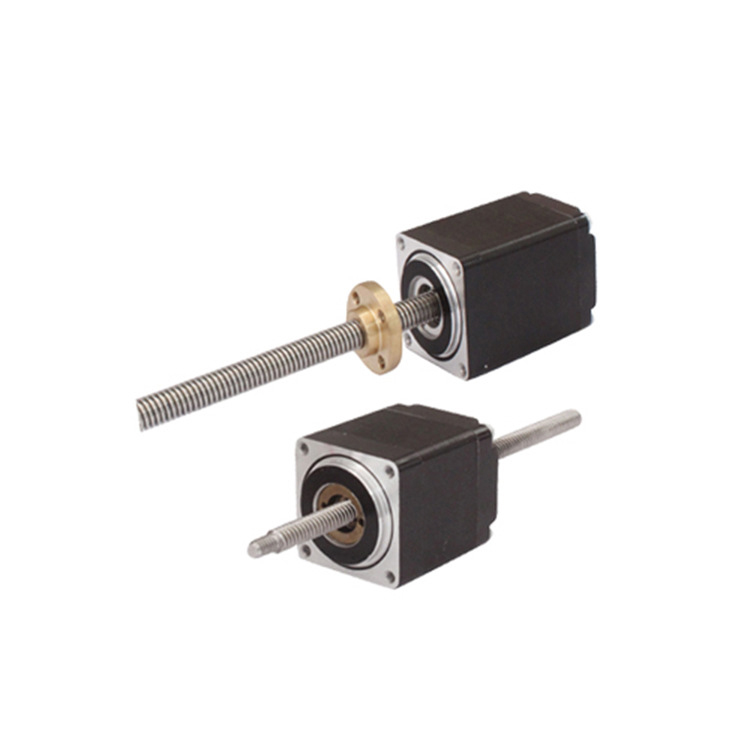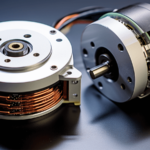Scanner Motor
The scanner motor is used to read the original document in a photocopier. The original document is placed parallel, and the light source moves back and forth to read the data. In this scenario, if the driving motor experiences speed fluctuations, the quality of the copied image may deteriorate. Therefore, it is required that the motor exhibits minimal vibration and speed fluctuation. Additionally, since photocopiers are used indoors, low-noise motors are preferred. The number of copies represents the processing capacity of the photocopier, determining the motor’s speed. During reading, the scanning speed should be low with minimal vibration, while during the return to the starting point, the speed should be fast with accurate positioning. The motor should operate continuously in the range of low speeds of a few hundred RPM to high speeds of several thousand RPM, continuously performing forward and reverse operations using trapezoidal or triangular drive methods. Compared to brushless motors, stepper motors can instantly reach synchronous speed, exhibiting good acceleration characteristics without the need for acceleration travel, low vibration, and minimal speed fluctuations. For applications requiring high-speed and high-torque, three-phase stepper motors are mostly used.
Lens and Mirror Drive Motors
The motors used for lenses and mirrors are responsible for magnification and positioning during copying. Typically, 42mm diameter HB hybrid stepper motors or PM permanent magnet stepper motors are used. DC motors can also be used for position control.
Drive Motors for Rotating Drums
The photocopier’s copying drum rotates at speeds below 100 RPM. At this speed, fluctuations in drum rotation can degrade copying quality. Therefore, the drive motor must exhibit minimal speed fluctuations. Generally, a brushless DC motor rated at 1500 RPM is used and reduced to speeds below 100 RPM using a gearbox. If a two-phase 1.8° stepper motor is directly driven, it cannot meet the requirements for drum rotation speed fluctuation at speeds below 100 RPM.
Paper Feeder Motor
The paper feeder motor typically uses a DC motor or a low-cost PM permanent magnet stepper motor.
Other Drive Motors
Mixing motors for toners mostly use induction motors or DC motors, while imaging motors mostly use DC motors.
Stepper motors play crucial roles in various components of photocopiers, ensuring precise movement and reliable operation throughout the copying process. Their ability to provide accurate positioning, low vibration, and consistent performance makes them suitable for diverse applications within photocopiers.
